All About Teeth Brushes
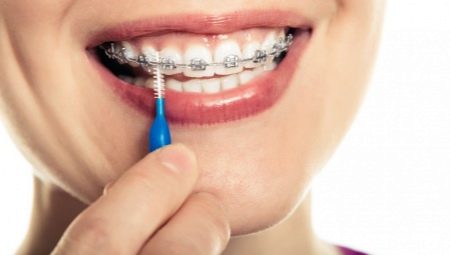
People started brushing their teeth before they even started writing history. In the beginning, small tree branches were the cleaning tool. Over time, people have invented a special toothbrush that does a much better job of cleansing plaque in the mouth. But even the most expensive and modern brushes cannot reach the plaque formed between teeth that are tightly adjacent to each other. Therefore, for the highest quality protection of teeth from tartar, a special tool was created - an interdental brush. In this article we will tell you why you need this device, how to use it and how to choose the right option.
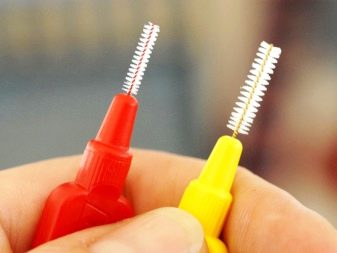
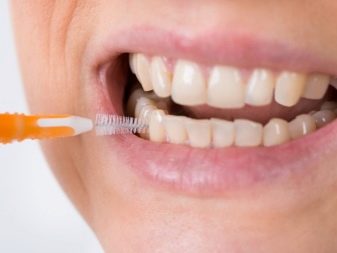
Peculiarities
The main surface of the teeth, which is visible to the eye, is additionally cleaned by some food during chewing, but the lateral parts of each tooth remain uncleaned. In total, the area of the side walls occupies about 40% of the entire dental surface located above the gum. This place is quite enough for small pieces of food to remain there and harmful microorganisms multiply.
Many people are aware of the problem of interdental plaque, so they use toothpicks or dental floss. The second method is quite effective, but not everyone can use floss - the use of a thread is impossible if you have braces, bridges, prostheses or other orthodontic constructions installed.
In such a situation, toothpicks are available to clean your mouth.

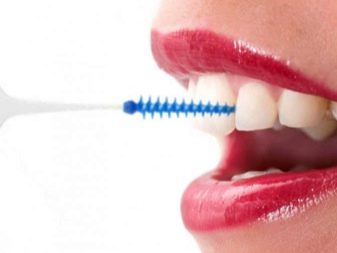
Outwardly, the tool resembles the design of a kitchen brush, with which housewives wash dishes with a narrow neck. But special tooth brushes are very small, allowing to penetrate into the narrowest places of the oral cavity. In production, very high requirements are imposed on products: the design must be strong, reliable, not cause allergies, and also must not oxidize when interacting with human saliva. Therefore, the object for cleaning the interdental cavity is made of high quality materials.
The brush will easily clean the maximum area of incisors, canines and molars, because the small size of the brush allows penetration into narrow interdental spaces, under dentures, braces and archwires. The products are manufactured in a small complete set, consisting of a convenient handle-holder and several replaceable brushes. In most cases, attachment attachments are made removable, but sometimes there are economical one-piece models.
Personal hygiene tools have several characteristics by which they can be distinguished:
- length and volume of the brush shaft;
- the frequency of the location of the villi on the rod;
- brush shape (can be curved, cylindrical or conical);
- the raw material from which the villi are made (usually nylon);
- material for making the rod (medical alloy or plastic).

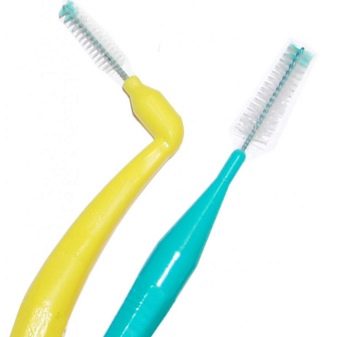
Carriers of implants or prostheses can safely use such a hygiene item, because during production the villi are coated with a special protective coating that prevents damage to teeth and orthodontic structures. The device for implants competes with an expensive irrigator, because the efficiency of cleaning the oral cavity is the same, and the cost of production varies significantly.
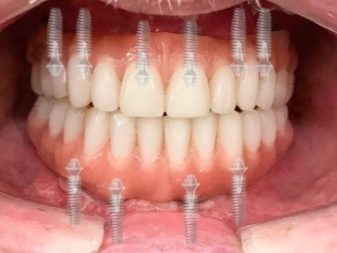
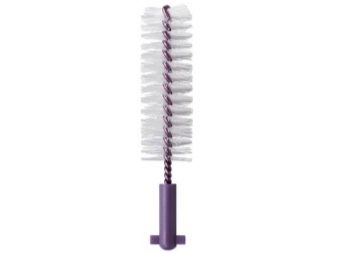
Why do we need it?
Dental brushes are an important part of the process of creating a stunning smile, and their invention can be considered a major step in the progress of dentistry. The hygiene item of the new era thoroughly and efficiently cleans all pits, depressions and crevices from contamination, protecting the oral cavity from diseases. Let's take a closer look at all the benefits of using teeth cleaning tools.
- Cleans interdental gaps from food debris. Using a special tool is much more effective for brushing your teeth and safer for your gums than using hard bamboo toothpicks. You protect your mouth from injury and prevent bleeding when you use a brush instead of a toothpick.
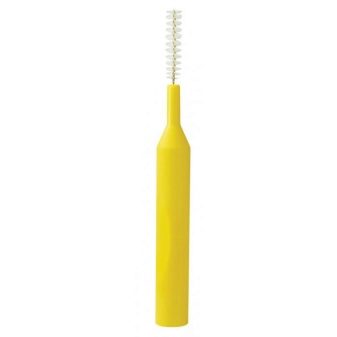

- Penetrate into small cracks. The brush will cope with cleansing tightly pressed molars, canines and incisors.
Also, a personal hygiene tool will be useful for those who have gaps between their teeth - an ordinary toothbrush will not cope with removing plaque, but a miniature rod with villi will easily fit into the free space.
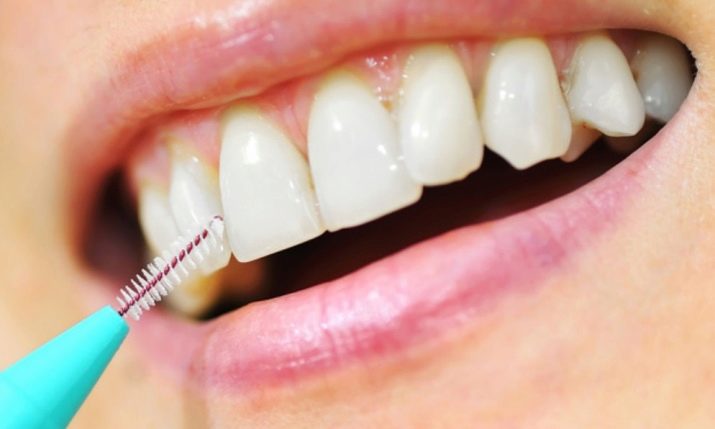
- The use of a brush prevents tooth decay. Even if you use special floss to clean narrow crevices in your mouth, some areas may remain dirty. Unlike a brush, the brush's small villi even penetrate the periodontal pocket, removing dirt at the very base of the teeth just below the gum line.

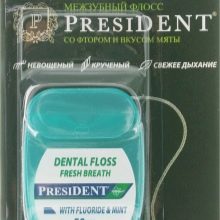

- Cleanse the enamel. The use of a hygienic device helps to remove stains, plaque and harmful pathological microflora from the surface of the teeth.
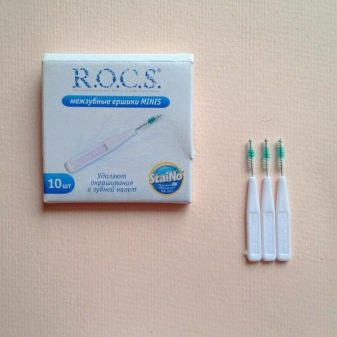
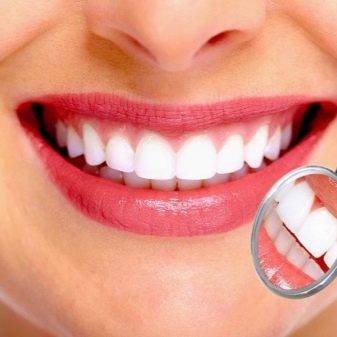
- Tartar is removed. Previously, tartar deposits could be removed only in dental clinics, but now it can be done at home using an irrigator or a more economical option - a dental brush. But you should not abuse personal hygiene items either - if the stone occupies a large area on the surface of your teeth, it is better to contact a professional dentist. The doctor will help clean the enamel from dirt and will be able to clearly show the correct use of brushes for removing tartar.

- Improves blood circulation in the gums. When cleaning teeth with an interdental device, the soft brush also gently massages the gums.Light massaging improves blood flow, which provides more intensive nutrition of the teeth with oxygen and beneficial microelements.
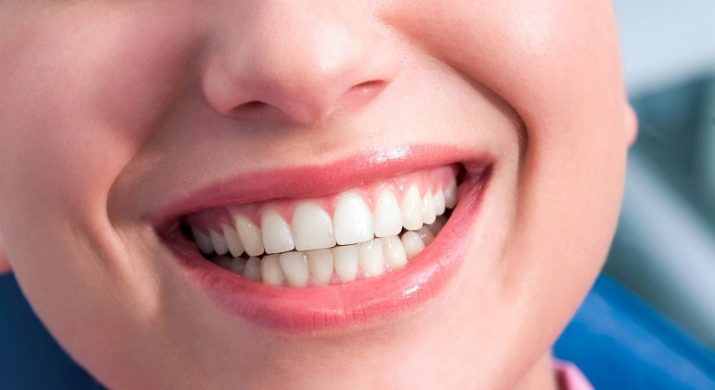
- Reduces the likelihood of periodontitis. Regular and thorough cleaning of the oral cavity not only helps to improve the condition of the teeth, but also protects the periodontal tissues from inflammation and disease.
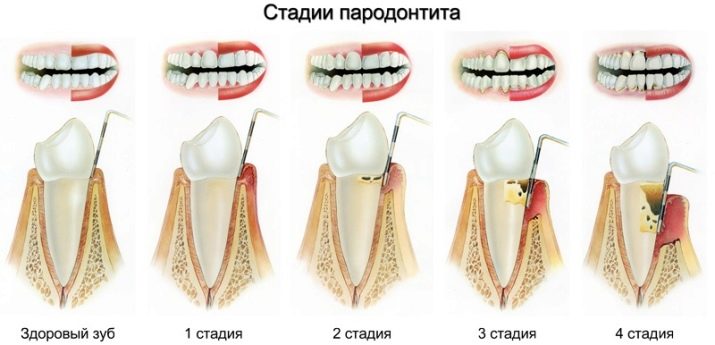
- Eliminates bad breath. Food debris often accumulates in the interdental spaces, which, over time, can begin to emit an unpleasant odor. Interdental devices help to get rid of this problem.
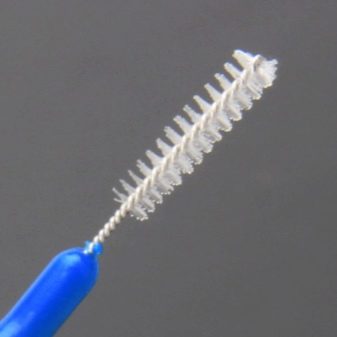

- Are the only option for cleaning the oral cavity when wearing orthodontic structures.
For people with braces, bridges, implants and prostheses installed, small brushes allow high-quality cleaning of enamel in hard-to-reach places.
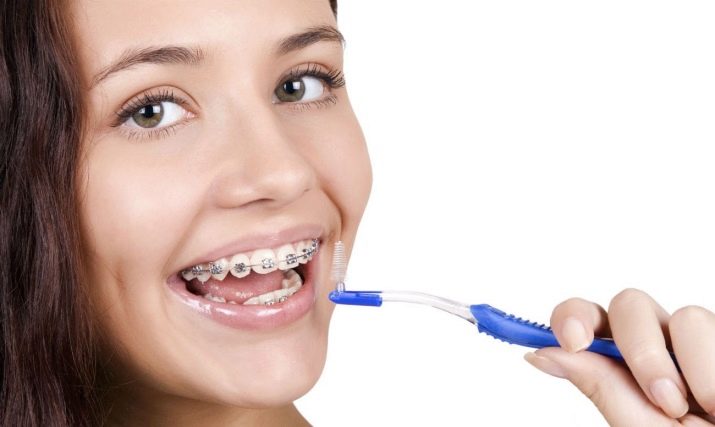
Varieties
The basic design of all interdental brushes is the same: a plastic grip, a medical alloy rod and silicone fibers. Plastic handles have a standard round tube shape that becomes flat and wide at about the middle, and then becomes round again. This design was created in order to maximize the convenience of using a hygiene item.
But the shape of the brush itself has several varieties, adapted for different purposes. There are three main types: curved, cylindrical and conical brush. Let's consider the features of each model.
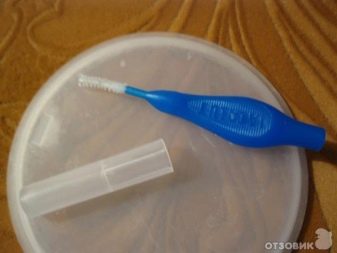

Curved
The rod with villi in such a brush is made in the shape of a semicircle - this provides convenient use for people who have braces installed. The curved shape of the rod allows you to reach places inaccessible to a conventional toothbrush: under the braces locks, in the spaces between the crowns.
In addition, the hygiene unit does an excellent job of cleaning implants, dentures and bridges. In some cases, the design is complemented by double bristles, which improve the result of the oral cleaning procedure. The curved brush is the best choice for people who use a variety of orthodontic systems, but it is the most expensive among other types.
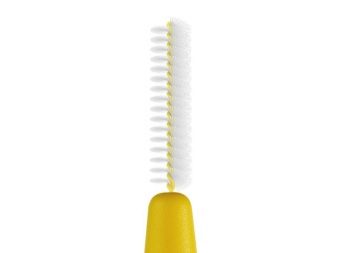
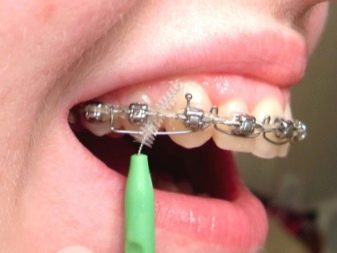
Cylindrical
A hygiene item of this type is made with the same villi along the entire length of the rod - this structure ensures uniform cleaning of the interdental space. Cylindrical brushes are most effective when gaps such as diastemas and tremors are present between the teeth. The shape of the brush is perfect for cleaning implant mountings - root necks, the care of which prevents the appearance of periodontal disease. A hygiene item is considered universal - it is convenient for most people, in addition, cylindrical brushes have the lowest cost.
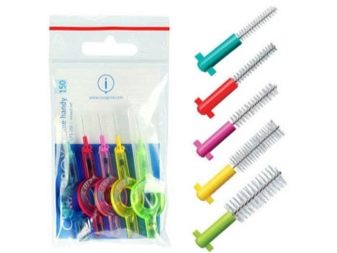

Conical
The structure of the brush in such a brush model resembles a cone in shape - at the base of the villi are long, and closer to the tip they gradually decrease, and at the very edge their length is no more than 1 mm. These interdental brushes are designed for daily use. - the cone-shaped shape allows you to penetrate into the narrowest gaps that are inaccessible to other types of hygiene items, such as brushes or toothpicks.
The product is not too expensive, but also not cheap - it belongs to the middle price category.

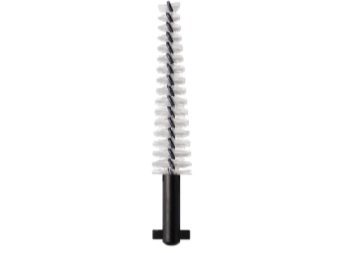
Popular models
Due to the fact that the products are effective and in demand among the population, there are many enterprises that manufacture interdental brushes. Products are subject to stringent requirements, so they are made from high quality materials that are safe for humans.
Consider some popular firms and their products.
- Dantaid. The company manufactures a wide range of products to suit different types of jaw. For example, the Nano model has a small diameter - up to 0.6 mm, such a brush is suitable for people with sensitive enamel.Micro brushes with bristles up to 0.9 mm are designed for narrow jaws where teeth are very close together or overlap. The Mini Interdental Tool is a standard model and is suitable for use in normal tooth spaces. Conical is the largest brush size of this manufacturer, with bristles up to 1.3 mm in diameter, so the model is suitable for people with gaps between the incisors.
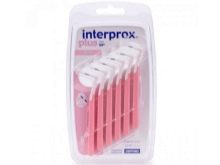
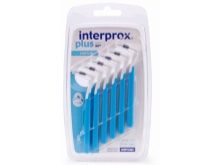
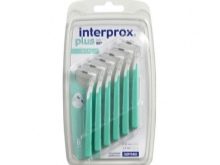
- PresiDENT. The company manufactures a wide variety of products, but the most popular type is the PresiDENT Classic XS interdental brush. The diameter of the bristles is 0.28 mm, the bristles are made of special durable Tynex nylon. The shape of the brush is wavy - convenient for insertion into tight areas of the oral cavity that are hard to reach. The use of the PresiDENT Classic XS interdental instrument is prescribed for those patients who wear implants and prostheses. The design of the appliance is convenient for cleaning closely spaced incisors, canines and molars.
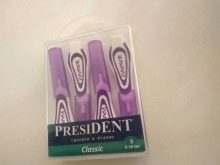
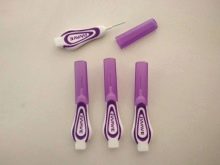
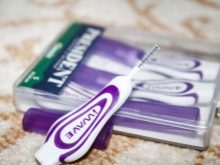
- Colgate. This company is known to any person, it produces a wide variety of hygiene products for the oral cavity: brushes, toothpaste, mouthwash, dental floss, and, of course, brushes. Colgate Total is manufactured in a set of three hygiene items with different lint diameters - 2, 4 and 5 mm. The bristles on the rod are shaped like a cone or a triangle - this structure allows you to gently penetrate the space between the teeth. Thanks to its penetrating power, Colgate Total easily removes dirt in tight spaces.
The hygiene item is suitable for daily use.
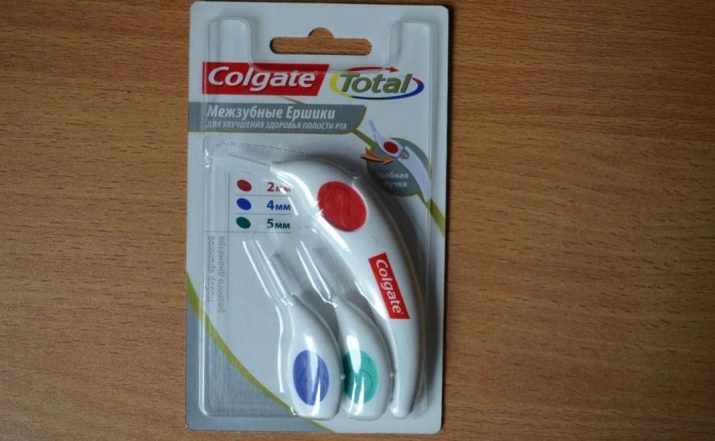
- LACALUT. The manufacturer is no less famous than the previous one. A wide range of products of this company will satisfy the needs of any customer. Among the products you can find an interdental instrument of size L with a bristle diameter of 4 mm, it is useful for people with wide gaps between the teeth. The company also manufactures interdental brushes in sizes XS, S and M - the diameter of the villi in them is 2, 2.4 and 3 mm, respectively. Each hygiene instrument is suitable for daily plaque removal under crowns and bridges.


- R. O. C. S. The most interesting product of this brand is R. O. C. S. minis, the set of goods includes a set of 10 interdental brushes. The villi are created from a special nylon interspersed with microcrystals. The diameter of the bristles is only 2 mm, which allows them to be successfully used for various purposes. The range of R. O. C. S. minis models is used to maintain oral hygiene of those people who have any orthodontic structures installed. In addition, the size of the brush allows you to clean the space between closely spaced teeth. With daily use, brushes clean the surface of the incisors from age spots that have appeared after eating junk food or smoking.

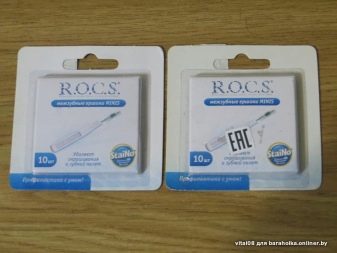
- Braun Oral-B. The company specializes in the production of quality oral cleaning products. It also manufactures popular toothbrush models, one of which is Oral-B Interdental. The product set includes 6 different brushes with a villus diameter of 2.7 mm. The shaft of the fixture is made of a durable elastic material that can be bent. The cylindrical interdental attachment is suitable for people with narrow interdental spaces.

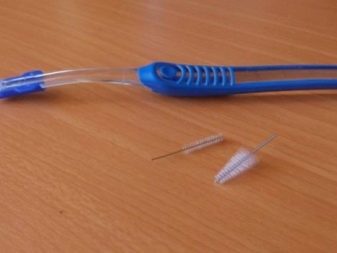
How to choose?
You can consult a professional to determine which interdental device is suitable for cleaning your mouth. The dentist will determine the type of jaw, the presence of orthodontic systems and the general condition of the oral cavity, then recommend a suitable hygiene item. Most often, experts advise people with a standard jaw structure to use brushes with an average length of villi. When the patient has gaps between the incisors or molars, it is recommended to select a brush size slightly larger than usual - the villi should reach 3 mm.
In the event that dentures, braces or other systems are installed in the oral cavity, it is best to clean the teeth with several types of instruments.

After talking with your dentist, you will be able to choose the right brush set for both adults and children. But if necessary, you can independently determine the desired shape of the hygiene item. You will need to take into account several parameters in order to independently choose the appropriate tool, we will consider each of them in more detail.
- Handle material. The oral hygiene instrument is available in two versions: metal and plastic. The first option is very durable and reliable, suitable for long-term use. But this model is not suitable for children: if you use the brush carelessly, it can damage delicate gums. Plastic handles are universal - they do not cause allergies, they are recommended for those people who often suffer from stomatitis.
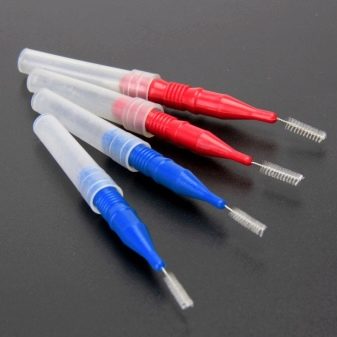

- The volume of the shaft and bristles. The choice most of all depends on the features of the structure of the jaw and the age of the person. Many people prefer neat, small brush models that can easily penetrate narrow crevices. But there are consumers who want a larger handle that can't slip out of their fingers accidentally. The bristles on the shaft can be of a uniform diameter or differ at the base and tip. The diameter of the base and bristles is determined by the specifics of the position of the teeth, the presence of braces, diastemas or problems with the gums.
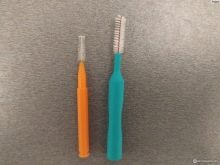
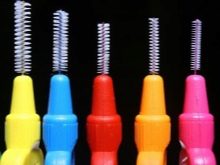

- Rigidity. This criterion depends on the sensitivity of your gums and enamel. If during brushing in the mouth often bleeds or begins to hurt teeth for no reason, it is wise to choose brushes with soft brushes. If you have not noticed problems with the gums, and the enamel is quite strong and insensitive, you can use brushes with a medium hardness of the villi. When using the interdental instrument for the first time, many people notice slight bleeding - this is normal; after a few days of regular brushing, your gums will get used to it, and the unpleasant consequences will no longer appear.
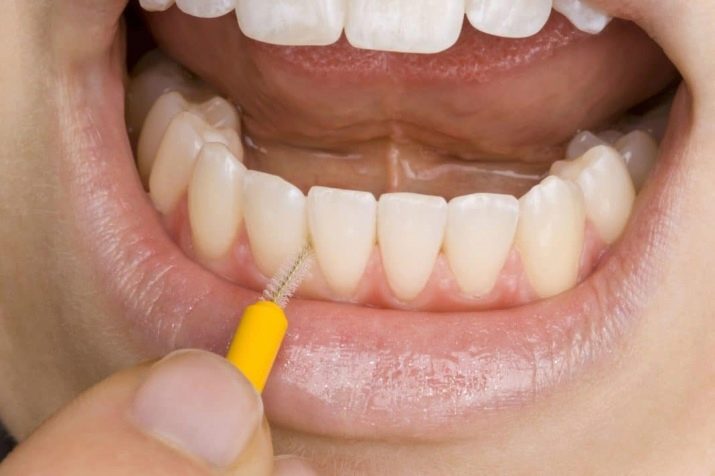
- Bar length. A large assortment of rod sizes is produced in production, so 5-6 types can often be found in stores. When choosing the length of the brush, it is necessary to take into account the age of the person who will be using it. For young users, choose the smallest brush size - S, which will be comfortable to hold in tiny fingers.
Adults usually use the medium to large sizes of the sanitary device - L or XL.
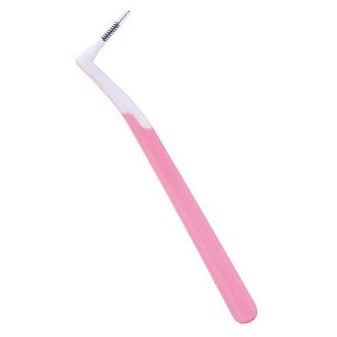

- The length of the villi. An important criterion when choosing the length of the bristles is the presence or absence of distance between the teeth. If the dentition is densely enough, it is necessary to choose a device with a short nap - from 1 mm. Such a tool is suitable when orthodontic structures are installed in the mouth. When diastemas are present in the mouth, it is recommended to use brushes with a bristle length of 3 mm or more.
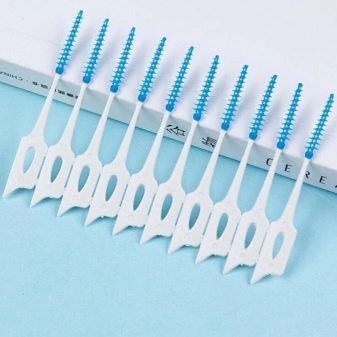
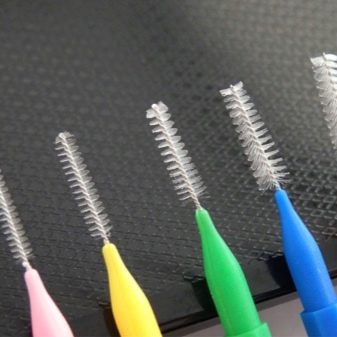
How to use?
In order to use the hygiene device correctly, you must follow the step-by-step instructions - this will help to achieve the maximum cleaning effect, as well as to avoid injuries in the oral cavity. Plus, you don't need any toothpaste during the interdental cleaning process. To use the brush correctly, you need to follow a few simple steps:
- first, you should clean the enamel in the usual way - with a brush and toothpaste;
- rinse your mouth and wet the brush;
- gently, without effort, insert the rod between the teeth where their bases are in contact with the gum and stop when the tip of the brush appears from the back of the teeth;
- clean the interdental space in a circular or reciprocating motion, in no case move the rod up and down - you cannot use the brush as a dental floss, this can harm the enamel;
- after cleaning the space between your teeth, slowly remove the brush and rinse it with water.
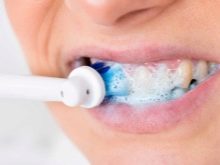

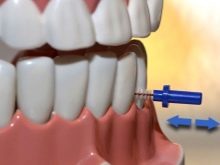
In this way, continue cleaning the space between the incisors, canines and molars. Rinse your mouth from time to time to remove any food debris pushed out of the cracks.After the end of the procedure, rinse the brush thoroughly with running water and cover it with the cap included in the kit.
For those people who wear braces, the specifics of cleaning the oral cavity are slightly different. In addition to the usual procedure, it is also necessary to clean the structure itself for alignment. Further manipulations are carried out with an interdental cone-shaped device - this allows you to accurately penetrate closely to the locks of the orthodontic system.
To remove plaque from braces, follow these simple instructions:
- moving the device back and forth, process all the locks;
- insert the brush under the arc, first from the outside, and then from the inside, cleaning the space in a circular motion;
- rinse the brush with water after the procedure.
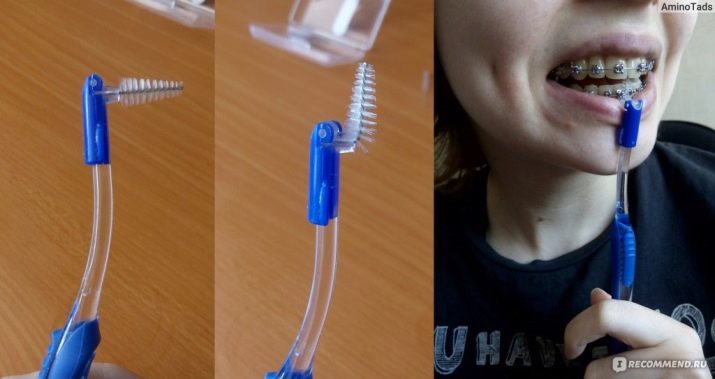
You should not continue using the hygiene item if it is too tight in the interdental space - it is better to purchase a brush with a smaller bristle diameter.
It is necessary to replace the interdental instrument quite often - once every 8-12 days, even if it still looks like new. The first few days of using a new oral cleaner are adaptive - most people bleed. In a maximum of a week, the gums will get used to the new procedure, and the use of a rinse aid will soften the adaptation period.
If, after cleaning, the blood flows too abundantly, and after 2-3 days there is an increased sensitivity of the teeth and inflammation of the gums, it means that the hygiene item was chosen incorrectly. Stop using the brush and see a professional who can help you find a more gentle tool.









